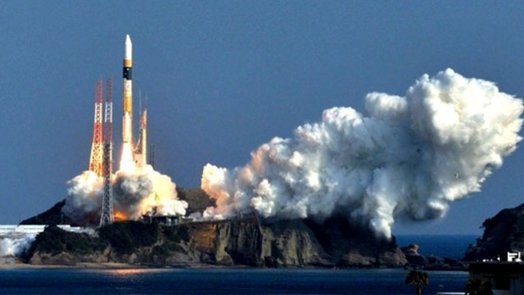VietNamNet Bridge – The National Satellite Center, which regulates activities related to space and satellite, will be renamed Vietnam Space Center on July 17.

It is the country’s leading science technology center and ASEAN’s leading space center with modern technical infrastructure and facilities.
The center includes four campuses in three large cities. The two largest centers are located in Hanoi, including the center for human resource development and space technology center, which is now under construction, and the Vietnam Space Center, to be opened at Hoa Lac Hi-tech Park.
In the south, the Center for Space Technology Applications in HCMC and an observatory to be located in Nha Trang City are operational.
Vietnam’s first satellite, Pico Dragon, with the weight of 4-6 kilos was launched into the orbit at 2.48 am (Vietnam time) on August 8, 2013 at Yoshinobu launching pad of Tanegashima Space Center in Japan.
A larger satellite, Micro Dragon, 50 x 50 x 50cm in size and 50 kilos in weight is going to be launched, slated for early 2018.
The satellite will carry out the observation over coastal waters to assess the quality of water, position aquatic resources and watch changes in the phenomena in the coastal areas.
It will also have some other functions – detecting cloud cover and aerosol properties for atmospheric correction; and collect sensor signals on the ground, then transfer the data to different locations on the earth.
A project on Nano Dragon satellite is being implemented in 2017-2019 with an aim of detecting the locations of vessels and applying AIS (automatic identification system).
In the near future, Vietnam plans to launch LOTUSat-1 radar satellite in 2019 and LOTUSat-2 in 2022.
This is an important component project of the national satellite Center project, which not only helps save trillions of dong every year thanks to the mitigation of damages caused by natural calamities, but also proves that Vietnam can master satellite manufacturing technology.
The Space Center of Vietnam is built to serve all three fields – satellite technology, applications and space science, with four infrastructure facilities in Hoa Lac, Hanoi, HCMC and Nha Trang.
In 2016, the construction and preparatory works for the space center were carried out as planned.
To implement the huge project, the national satellite center in September 2013 sent 36 engineers to five Japanese universities for master’s degrees in satellite technology, where they designed, manufactured and tested Micro Dragon under the instruction of Japanese professors.
Vietnam is expected to have 250 young engineers trained in the major.
RELATED NEWS
Vietnam plans to launch radar satellites
Vietnam to launch radar satellites for environmental management
Tran Minh